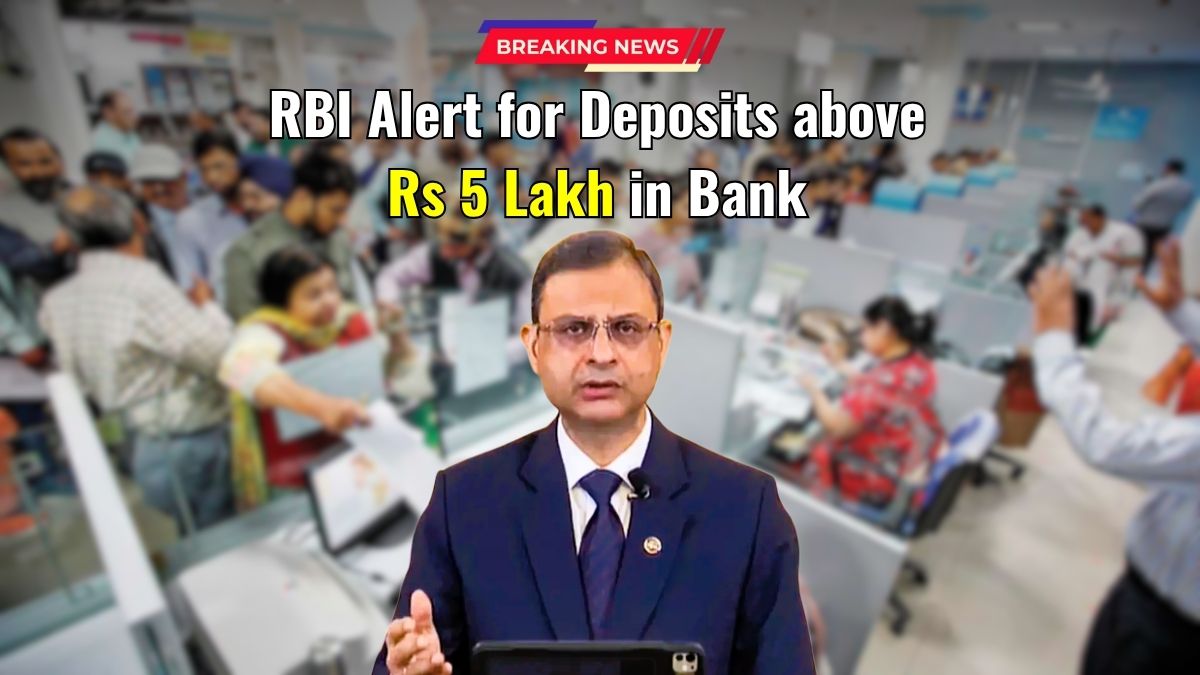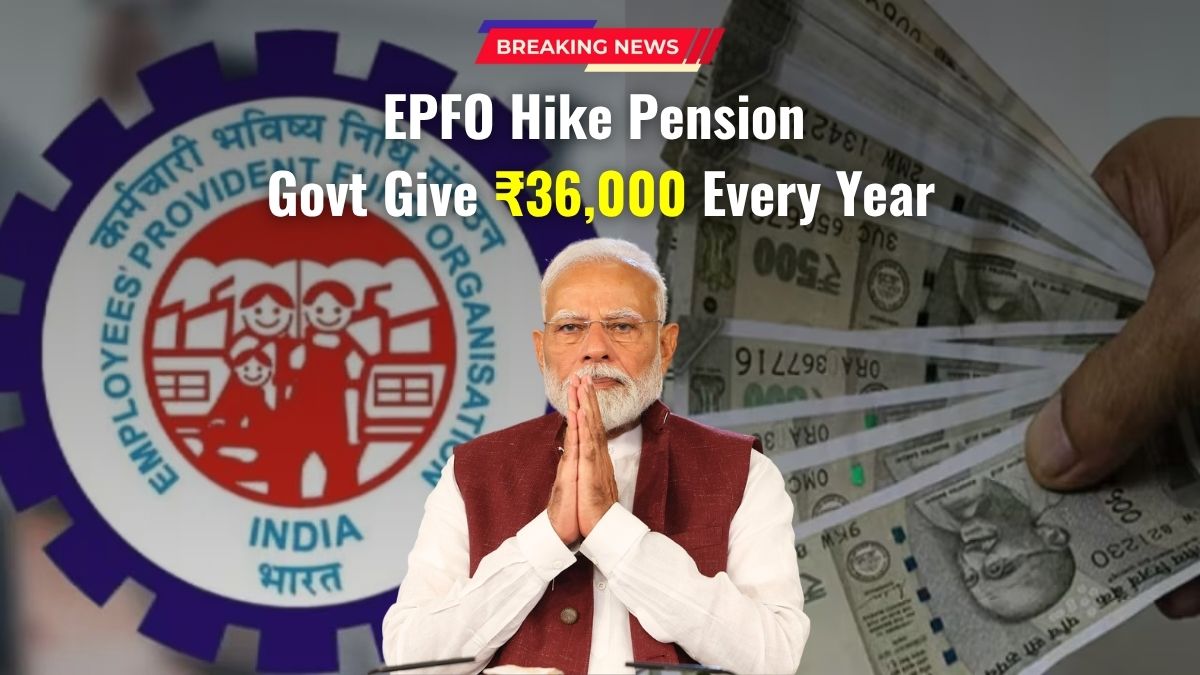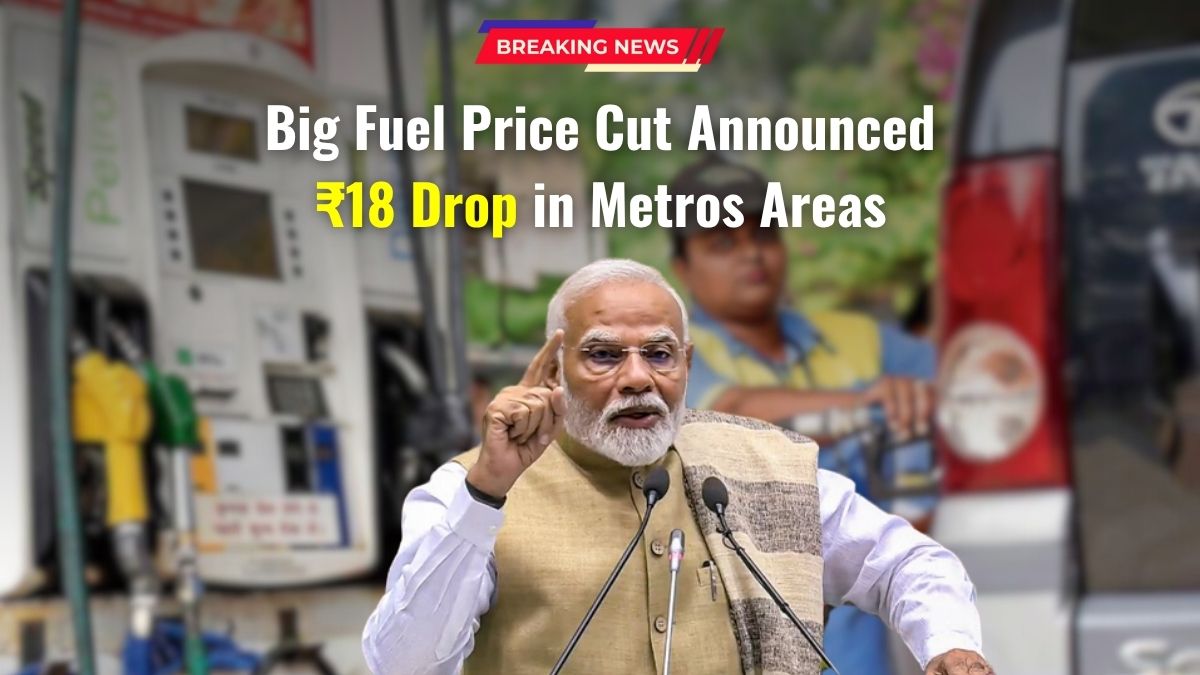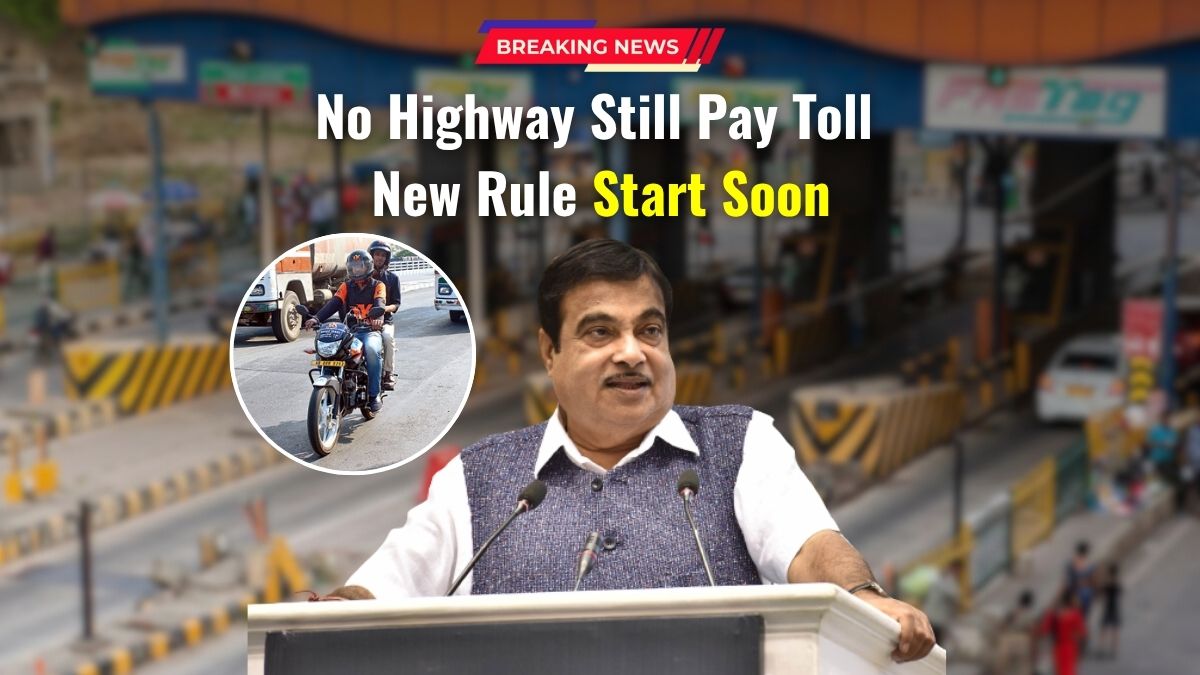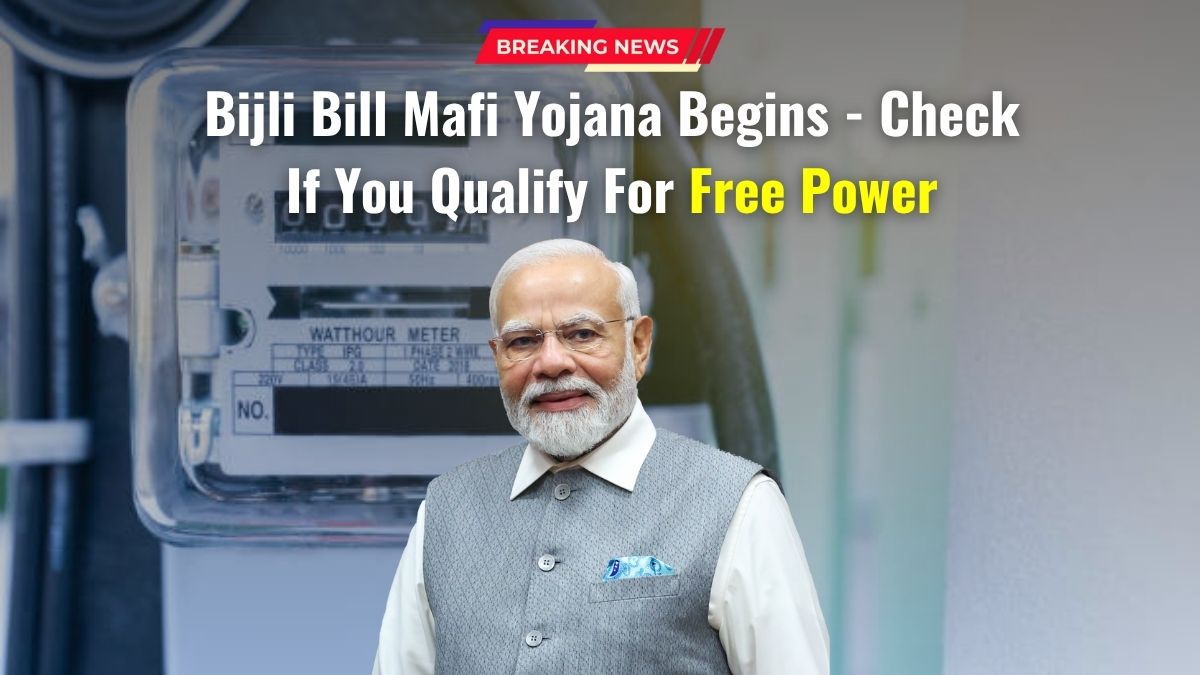₹5 Lakh Rule : If you believe your money is completely safe in a bank savings account, it’s time to look deeper. Most people assume that they can deposit unlimited money in their bank and it will always remain secure. But that’s not always the case. If a bank collapses or is placed under restrictions, your savings are insured only up to ₹5 lakh – not beyond that.
What Is the ₹5 Lakh Limit and Why It Matters
The Reserve Bank of India (RBI) and the government have laid out rules to protect depositors’ money. In the 2020 budget, Finance Minister Nirmala Sitharaman raised the deposit insurance cover from ₹1 lakh to ₹5 lakh. This means that if a bank fails, the Deposit Insurance and Credit Guarantee Corporation (DICGC) will repay account holders up to ₹5 lakh only.
How Does DICGC Work?
DICGC is a government-owned body that insures deposits held in most Indian banks. If a bank goes bankrupt, is shut down, or restricted by RBI, DICGC ensures that customers get up to ₹5 lakh back. The amount is usually credited within 90 days of the claim.
One Bank, One Cover – Even with Multiple Accounts
A key point to remember: this insurance cover is per bank, not per account. So if you have a savings account and a fixed deposit in the same bank, and the combined amount is ₹8 lakh, you will still get back only ₹5 lakh, even if you have multiple accounts there.
For example, if you have ₹3 lakh in savings and ₹5 lakh in an FD in the same bank, DICGC will still cover only ₹5 lakh total—not ₹8 lakh.
How to Protect Your Full Savings
So, what can you do to keep all your hard-earned money safe?
A smart solution is to split your money across different banks. For instance, if you have ₹15 lakh, deposit ₹5 lakh in three different banks. That way, you’ll be covered up to ₹5 lakh at each bank separately, totaling ₹15 lakh in insured funds.
Has Any Bank Actually Failed?
In India, bank failures are rare, but not unheard of. Some cooperative and private banks have faced serious financial troubles. The PMC Bank and Yes Bank crises in recent years were wake-up calls. Although RBI and the government usually step in to manage such situations, being cautious with your money is always your responsibility.
Will the ₹5 Lakh Limit Increase?
Experts suggest that the current insurance limit may be raised in the future, especially with rising inflation and growing savings. There is increasing demand for this limit to be revised to ₹10 lakh or more. Currently, banks pay 12 paise per ₹100 in deposits as premium to DICGC to maintain this insurance system.
Final Advice
If you have over ₹5 lakh in one bank, it’s wise to review your savings strategy. Spread your funds across different banks to take full advantage of the ₹5 lakh insurance cover at each. This simple step could protect you from major losses during unexpected financial disruptions.
Disclaimer:
This article is for general informational purposes only. It is not legal or financial advice. Please consult your financial advisor before making any investment or banking decisions.
